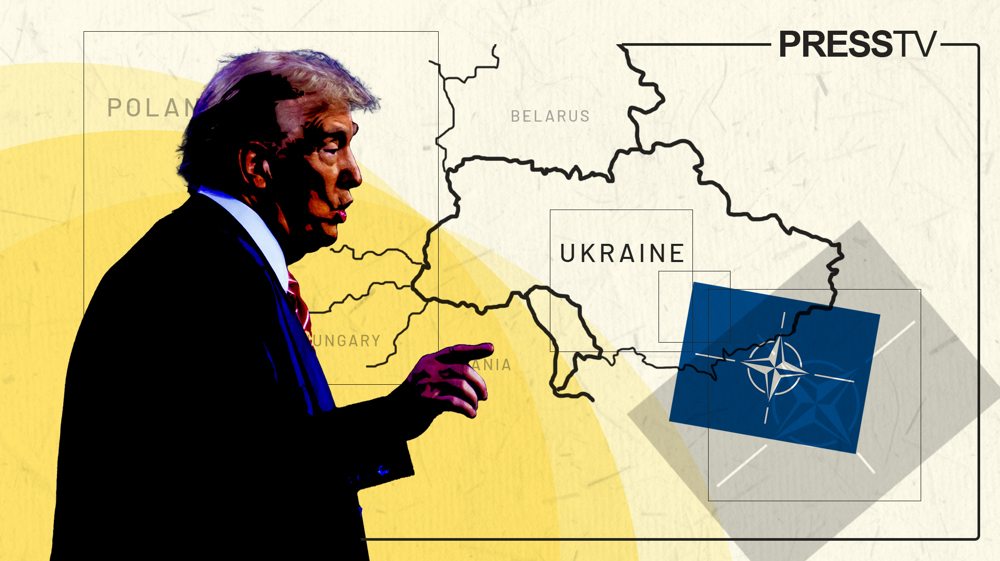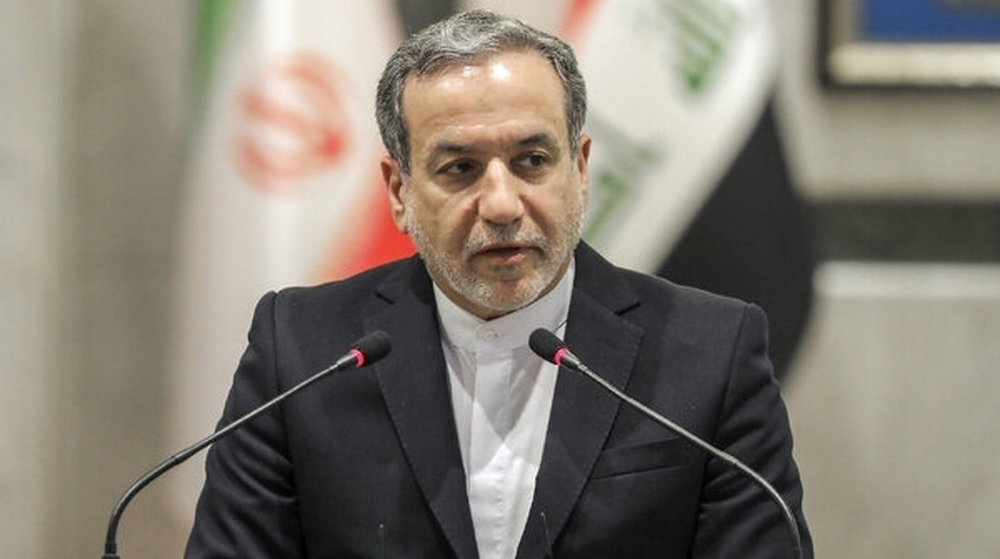US, UK spy agencies snooping on Middle East via Red Sea cables: Report
The mushrooming of fiber optic cable networks in the Middle East has provided a tool to Western intelligence agencies to make inroads into the region’s sensitive data and communications traffic.
The Five Eyes, a signals intelligence (SIGINT) alliance of the US, UK, Canada, Australia and New Zealand, has been prying on the region since decades, according to new findings.
The key players in this "unholy network" include the US’s National Security Agency (NSA), and the UK’s Government Communications Headquarters (GCHQ).
The Middle East region, owing to its strategic importance and sinister agendas of Western regimes including the US and UK, remains a breeding ground of surveillance for the West.
Apart from conventional forms of surveillance like tapping phone lines, the region is also a hotbed of mass surveillance due to complex matrix of fibre optic cables.
According to a report in Middle East Eye, spy agencies have tapped into fibre optic cables to intercept vast volumes of data, from phone calls to the content of emails, to web browsing history and metadata. Financial, military and government data also passes through cables.
Such intercepted data is sifted by analysts, while filters extract material based on the NSA and GCHQ’s 40,000 search terms – subjects, phone numbers and email addresses - for closer inspection.
In the area spanning the Red Sea and Iran, there are no terrestrial fibre optic cables crossing the Arabian peninsula, the report notes. All internet traffic going from Europe to Asia either passes through the Caucuses and Iran, using the Europe Persia Express Gateway (EPEG), or via Egyptian and Red Sea routes.
Egypt is a main chokepoint, handling traffic from Europe to the Middle East, Asia and Africa, and vice versa. The 15 cables that cross Egypt between the Mediterranean and Red Sea handle between 17 percent to 30 percent of the world population’s internet traffic, or the data of 1.3 billion to 2.3 billion people, the report notes.
The Five Eyes alliance has information-sharing arrangements in place with some European countries and Japan and South Korea to intercept data from Russia and China. The NSA also has a relationship with Sweden, since it is a landing point for all cable traffic from Russia’s Baltic region.
In contrast, the US has less formal information-sharing relationships with the Middle East region including Egypt, Israel, Jordan, Saudi Arabia, Turkey and the UAE.
“The Egyptians have an intelligence-sharing agreement [with the US], but they are probably quite supine in the relationship, being after the money [from the cable operators] and some intelligence sharing, which is largely [from the US side], ‘here’s what you get’,” Hugh Miles, founder of Arab Digest, is quoted saying in the report.
The Five Eyes could be tapping cables in Egypt or its territorial waters, however. Documents leaked by Edward Snowden in 2013 refer to a secret NSA base in the Middle East called DancingOasis.
“It is extremely secret. Significantly it was built without [the host] government knowing, which is an immense risk to the Americans,” Duncan Campbell, an investigative journalist specialising in surveillance since 1975, is quoted in the report.
“Where it is located is pure guesswork. Candidate one is Jordan, then Saudi Arabia, and three, Egypt. Geographically the only other place would be Oman, from where Britain covers the Persian Gulf.”
Israel is another side with the technical capability to tap subsea cables in the region, according to Campbell, though it currently has no connections to Middle Eastern network.
There are no cables that go beyond the two coastal landing points of Tel Aviv and Haifa, which are connected to continental Europe and Cyprus.
This could change if Google’s reported plans for its new “Blue-Raman” cable running from Europe to India through Israel, Jordan, Saudi Arabia and Oman come to fruition, the report adds.
VIDEO | Conference in Islamabad explores Pakistan-Iran ties
Hamas condemns Israeli evacuation order of Indonesian Hospital
VIDEO | Yemen resistance remains resolute
'Easy target': Yemen warns 4th US carrier within reach
Iran military awarded $40 mln worth of vessel building contracts
‘These kids need to be killed’: Shocking details of Israeli brutalities in Gaza
Yemen faces ‘highest burden’ of cholera globally: WHO
Settlement expansion proves Israel cannot be trusted for any peace deal: Hamas














 This makes it easy to access the Press TV website
This makes it easy to access the Press TV website